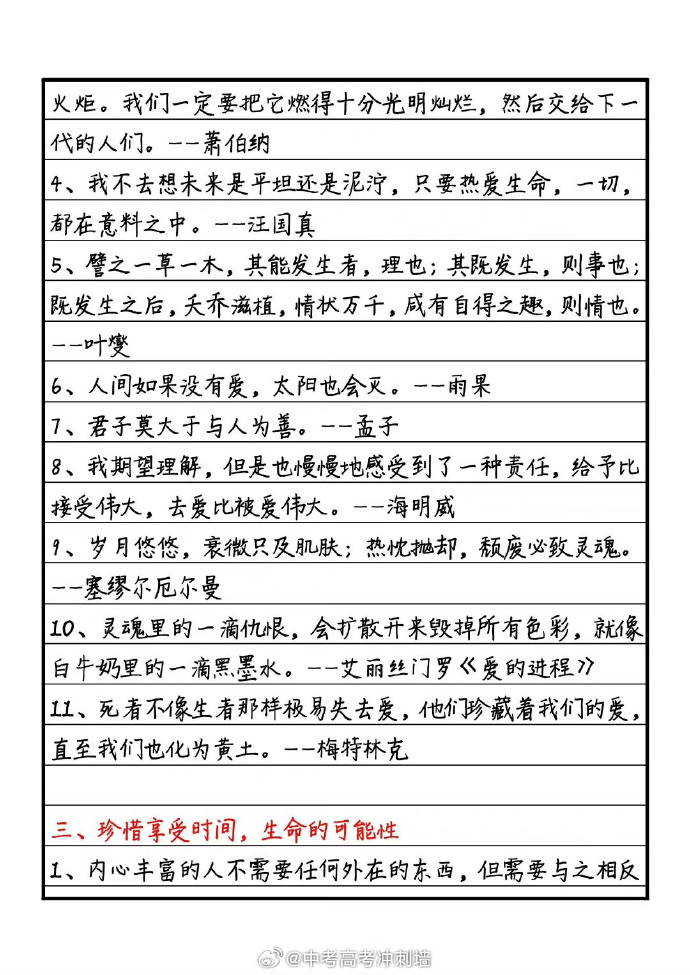I. Online Learning Overview
A.Definition and Concept
1.What is online learning? Online learning refers to the delivery of educational content via electronic media, often through websites or online platforms.
2.How online learning works. It involves accessing course materials, interactive modules, and real-time communication between teachers and students.
A.Advantages of Online Learning
1.Convenience and Accessibility Online courses allow learners to study at their own pace, from anywhere with an internet connection.
2.Cost-Effectiveness Many online courses are more affordable than traditional classroom-based education due to reduced overhead costs.
3.Personalized Learning Experience Learners can adjust the pace and depth of their studies based on their individual needs and interests.
C.Challenges of Online Learning
1.Lack of Interaction The absence of face-to-face interactions can limit the effectiveness of some teaching methods.
2.Lack of Cultivated Environment Some students may struggle to maintain focus and motivation when learning online without the structured environment of a classroom.
3.Quality Control Issues There is always the concern that online courses may not have the same level of quality control as traditional institutions. I
I. Technological Components of Online Learning
A.Courseware Development
1.Creation of Interactive Content The development of multimedia content, including video and audio, is key to making online learning engaging and effective.
2.Use of Technology for Adaptive Learning Technology such as AI adaptive learning systems can personalize the learning experience for each student based on their progress.
A.Virtual Classroom Setup
1.Communication Tools Platforms such as Zoom or Google Meet enable real-time video conferencing, facilitating interaction between instructors and students.
2.Interactive Whiteboard Features Interactive whiteboards provide real-time feedback, allowing students to see what they write on screen, enhancing engagement. II
I. Practical Strategies for Successful Online Learning
A.Time Management and Organization
1.Scheduling and Planning Students need to develop a routine and plan their study schedule effectively to ensure timely completion of assignments and projects.
2.Prioritizing Tasks It’s essential to prioritize tasks based on their importance and urgency to avoid overwhelming oneself with too many responsibilities at once.
A.Self-Regulation and Motivation
1.Enhancing Study Ability Through Techniques like Mindfulness and Meditation Techniques like meditation can help reduce stress and increase focus during periods of intense study.
2.Building a Reward System Setting goals and rewarding oneself after accomplishing them can enhance motivation and encourage continued effort.
IV.Case Studies of Successful Online Learning Models
A.Examples of High-Quality Online Educational Programs
1.Impact of Course Design on Student Performance Programs like Coursera and Udemy have been praised for their effective course design and high-quality instruction.
2.Institutional Support for Online Learning Schools like Harvard University offer comprehensive support for its online learning initiatives, ensuring a quality education experience.
A.Case Study of a Successful Online Course Implementation
1.Transition Process and Student Experience A case study of an English language learning platform demonstrates how it transitioned from offline to online mode, addressing concerns about student engagement and efficacy.
2.Outcomes and Long-Term Impact on Students' Learning Trajectories Data analysis shows that this online course has led to significant improvement in students' English skills and academic performance over the course of several semesters.
V.Future Developments in Online Learning Technologies and Educational Philosophy
A.Emerging Technologies in Online Learning
1.Integration of Artificial Intelligence Intelligent tutoring systems (ITS) powered by AI can provide personalized learning experiences to students based on their learning styles and pace.
2.Augmented Reality and Virtual Reality Applications These technologies can create immersive learning experiences, enhancing engagement and understanding of complex concepts in various subjects.
A.Shifting Educational Perspectives Towards Lifelong Learning
1.Emphasis on Lifelong Learning and Skill Development Online learning should not be confined to formal education; it is an essential tool for skill development across different fields.
2.Encouraging Open-mindedness and Curiosity Among Students Educational institutions must encourage students to explore new ideas, fostering a culture of lifelong learning within the online ecosystem. V
I. Conclusion
A.Recap of Key Takeaways
1.Importance of Online Learning in a Digital Age Online learning is becoming increasingly vital in a digital world where technology continues to shape the way we learn and communicate.
2.Solutions for Addressing Drawbacks of Online Learning By adopting innovative teaching methodologies and technological tools, educators can bridge the gaps in online learning environments.
A.Final Thoughts on the Prospects for Online Learning
1.Potential for Expansion and Innovative Practices As the world embraces digital transformation, the possibilities for innovative practices in online learning are endless.
2.Call to Action for Policymakers and Institutions It’s crucial for policymakers to invest in research and infrastructure to support robust and sustainable online education models. Teachers and institutions should strive to adapt to the digital landscape, providing a high-quality learning experience for all students, irrespective of where they are located or their backgrounds or abilities. 推荐阅读》
未经允许不得转载:» online learning英语作文(网络英语作文学习)

 佰一阅读网
佰一阅读网

















